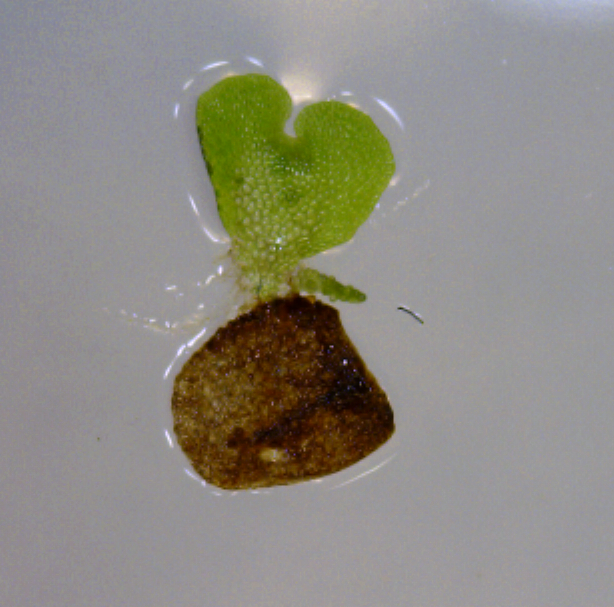Chi-Lien Cheng
Research summary
Alternation of generations in land plants; Vegetative phase change in maize
All land plants progress through a life cycle that alternates between two multicellular generations, the haploid gametophyte and the diploid sporophyte. In ferns, seedless vascular plants of the Monilophyte clade, both generations are free living. In addition to the normal life cycle using meiosis to generate spores and sexual union to form zygotes, in nature many fern species can switch from one generation to another asexually. In the asexual pathways, a gametophyte is generated from sporophytic cells without meiosis and a sporophyte is generated from gametophytic cells without fertilization, respectively. The model fern Ceratopteris richardii does not reproduce asexually in nature but both pathways can be induced in the laboratory using specific culture conditions. The independence of the two generations in ferns and the ease of switching from one generation to the other through the asexual pathways offer a system suitable for studying how each generation is initiated. This developmental plasticity of crossing generation barriers, i.e., meiosis and fertilization, is not unique to ferns and is manifested in the complex pathways leading to apomixis in some seed plants. My lab has identified genes potentially important in the asexual pathways in C. richardii. We are interested in learning how the functions of these genes are evolved between the fern and the seed plant Arabidopsis.
Selected image

- Genetics
